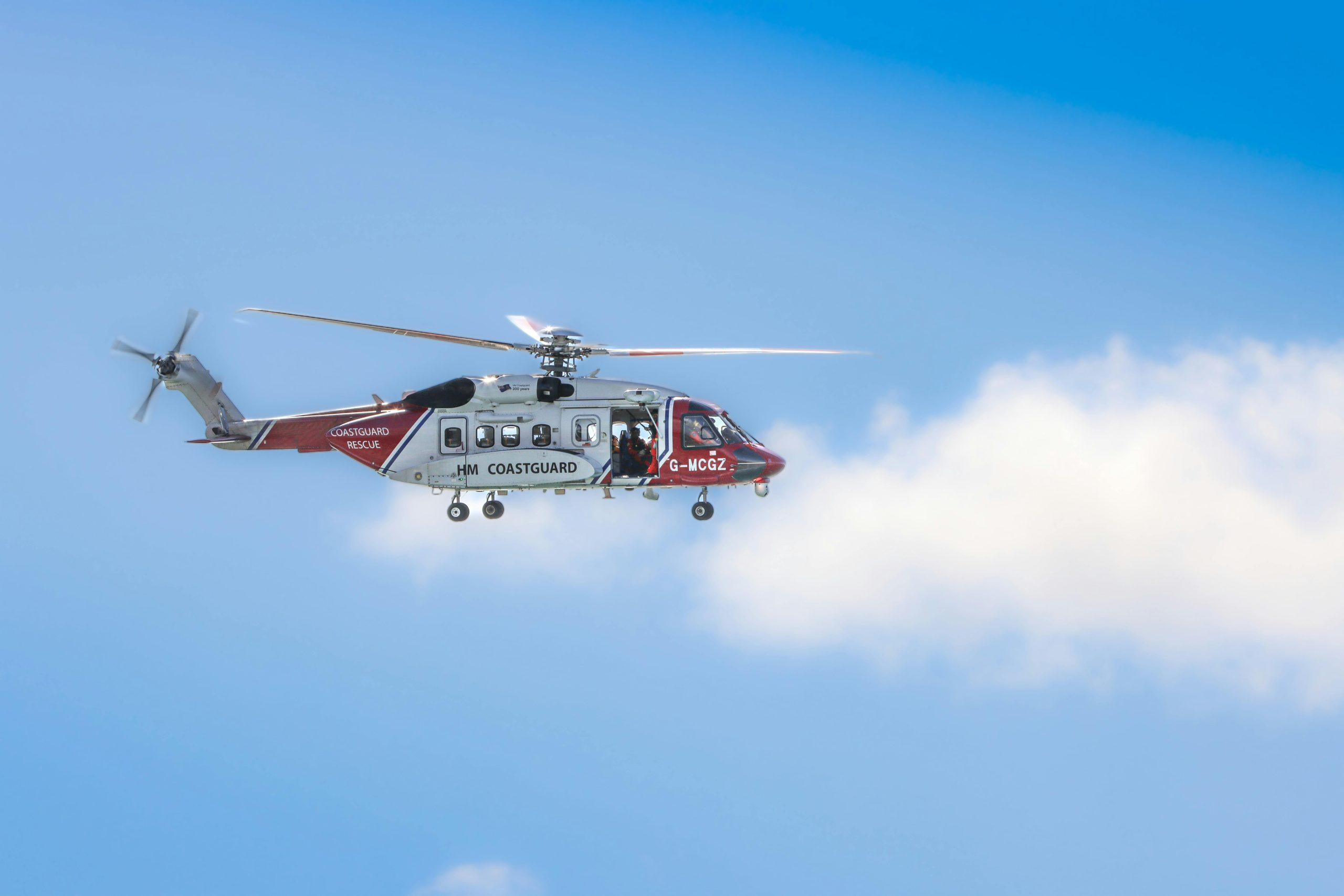The Future of Transportation with Flying Vehicles
Imagine a world where personal and cargo transportation is no longer limited to roads, water, or rail. A world where flying vehicles are a commonplace mode of transportation, offering convenience and efficiency like never before. This is the future of transportation with flying vehicles, a revolutionary concept that is already becoming a reality in various parts of the world. In this article, we will explore the potential of flying vehicles and how they could transform the way we travel and transport goods. Get ready to soar through the skies and discover the exciting possibilities of this futuristic mode of transportation.
The Rise of Flying Vehicles
The idea of flying vehicles has been around for decades, but it was more of a fantasy often depicted in science fiction movies. However, with rapid advancements in technology, this dream is now turning into a tangible reality. Several companies, including Uber, Boeing, and Airbus, are investing in the development of flying vehicles, with test flights already being conducted in some cities.
Flying vehicles, also known as Vertical Take-Off and Landing (VTOL) aircraft, use electric or hybrid engines and are designed to take off and land vertically, similar to helicopters. They can travel at high speeds, bypassing traffic congestion and avoiding the limitations of traditional modes of transportation.
Efficiency and Convenience
One of the main advantages of flying vehicles is their efficiency and convenience. With the ability to fly over traffic and to land in designated spots, they eliminate the need for large landing or parking areas, reducing the space required for infrastructure. This makes them suitable for urban areas where space is limited, providing a solution to the growing problem of urban traffic and congestion.
Moreover, flying vehicles can reach their destination faster and more directly, cutting down travel time significantly. For instance, a trip that takes an hour by car could be reduced to just a few minutes by flying vehicle. This not only saves time but also reduces the cost of transportation, making it more accessible to everyone.
The Impact on the Environment
Another benefit of flying vehicles is their positive impact on the environment. As they use electric or hybrid engines, they produce little to no emissions, which makes them a more environmentally-friendly mode of transportation compared to gasoline or diesel-powered vehicles. This is a crucial step towards reducing carbon emissions and improving air quality, especially in densely populated cities.
In addition, flying vehicles are significantly quieter than traditional modes of transportation, making them more suitable for urban areas where noise pollution is a concern. With fewer noisy cars and trucks on the road, cities will become more peaceful and pleasant places to live and work in.
Challenges and Solutions
Despite the many potential benefits of flying vehicles, there are still challenges that need to be addressed before they become widely available. One major concern is safety, as these vehicles will be flying over populated areas. Companies and authorities are working on implementing strict regulations and safety measures to ensure the safe operation of these vehicles.
Another obstacle is the high cost of production and operation. However, with ongoing advancements in technology and increasing demand, the cost is expected to decrease in the future. In addition, companies are also exploring the possibility of ride-sharing services for flying vehicles, making them more affordable for the general public.
The Future is Near
The concept of flying vehicles is no longer a distant dream, but a reality that is closer than we think. With successful test flights and investments from major companies, it is only a matter of time before they become a mainstream mode of transportation. Imagine the convenience of flying to work, or getting a delivery to your doorstep within minutes. It’s a future that is exciting and filled with endless possibilities.
In Conclusion
In conclusion, flying vehicles are set to revolutionize the way we think about transportation. They offer unmatched efficiency, convenience, and have a positive impact on the environment. Although there are still challenges to overcome, the future of transportation with flying vehicles is bright and promising. So buckle up, because the future is ready for takeoff!










